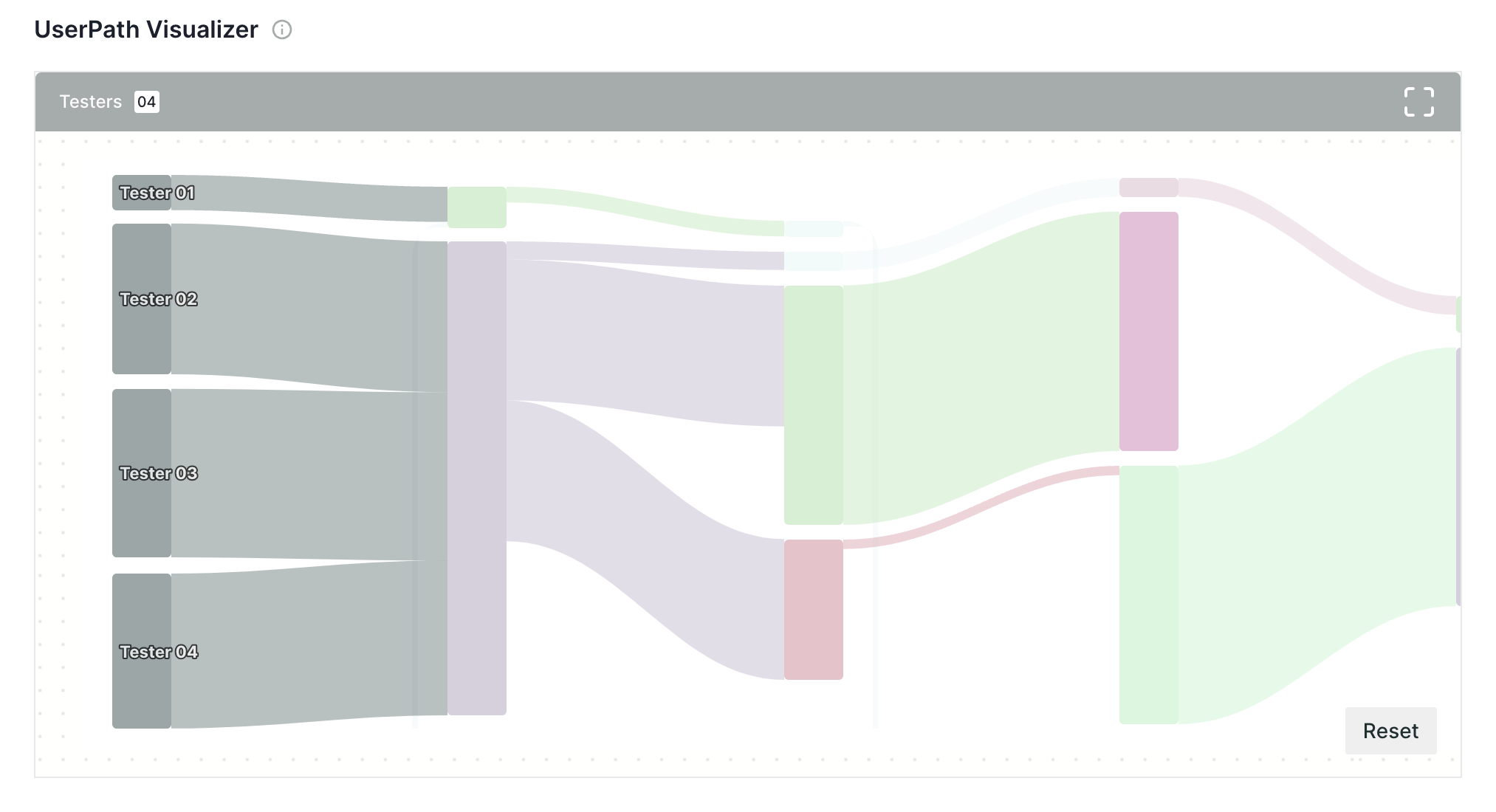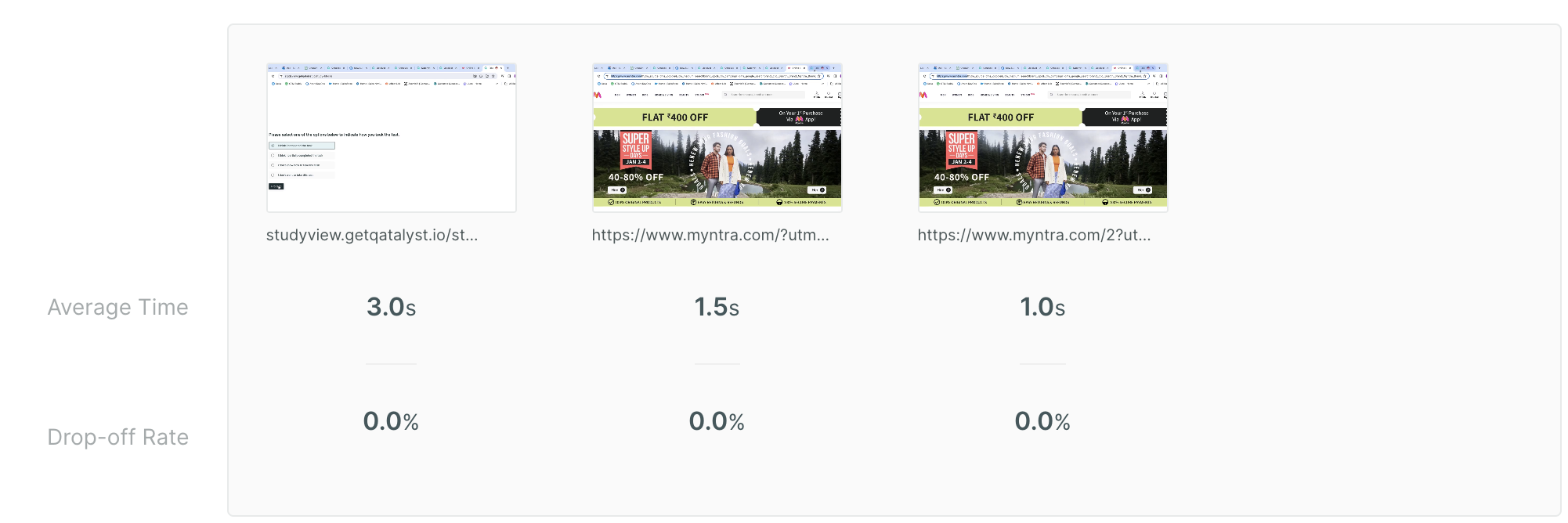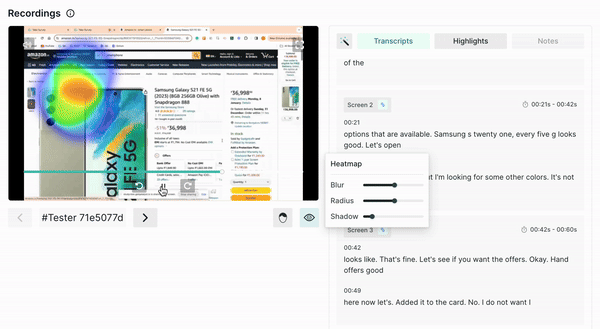Live Website Testing in Qatalyst
What is Live Website Testing?
In UX research, live website testing refers to the practice of conducting usability testing or user testing on a live and functioning website. This type of testing is done to gather insights and feedback from users as they interact with the website in its actual environment.

Live Website Testing Using Qatalyst
The Live Website Testing block enables researchers to create and present a specific task to be performed on a live website to participants. This task is designed to simulate a real user interaction on a website or digital platform, allowing researchers to observe how participants engage with the task in a controlled environment. This provides a focused way to gather insights into user behaviour, decision-making, and preferences during a research session.

- Path tracking: Path tracking in live website testing involves monitoring and analyzing the specific journeys or paths that users take while navigating through the website. This method allows researchers to understand the sequence of actions users perform, the pages they visit, and the interactions they engage in during their browsing sessions.


- Average time and drop-off: Understanding the average time users spend on the website and the drop-off points (where users exit the website) is crucial in live website testing. This data provides essential metrics to evaluate user engagement and identify areas that may need improvement.

- Leveraging Facial Coding and Eye Tracking
Website testing can be further enriched through advanced technologies such as facial coding and eye tracking. These techs offer the capability to Qatalyst respondents' nonverbal cues, shedding light on facial expressions and eye movements. This nuanced analysis unveils unspoken emotions, cognitive processes, and areas of focus, providing a holistic perspective on participant engagement.

- Unveiling Insights Through Audio Transcripts
The recorded audio holds immense potential for researchers. Audio transcripts offer a deep dive into participants' verbal responses, enabling researchers to analyze language nuances, sentiments, and communication patterns. These insights contribute to a comprehensive understanding of participant attitudes and viewpoints, enriching the research findings.
